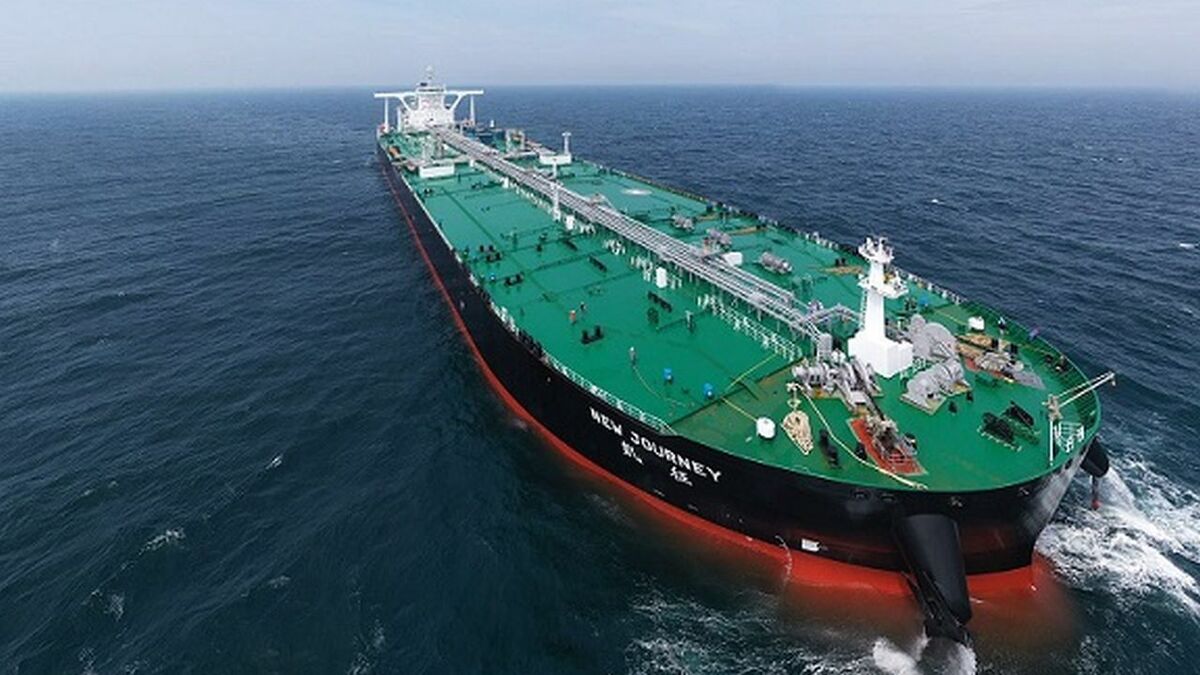RIO DE JANEIRO, BRAZIL – Alternative supply shortages of Russian diesel, particularly in Europe, could only be avoided through a combination of high prices and demand destruction.
Moreover, in tanker markets, LR (long-range) vessels would be winners, while MR (medium-range) vessels would not do well due to changing trade patterns. But what will happen when it comes to replacing Russian crude oil supplies in Europe, and how will the forced market changes affect tanker demand?
According to BRS Tanker, crude oil from the Brazilian pre-salt basin is a good alternative to crude oil from Russia’s Urals (which accounts for almost all Russian exports to the West).

However, a significant portion of Brazilian exports goes to China, where many of the refineries that have come on stream in the last five years are designed to process them alongside heavier, sour grades from the Middle East.
Here, BRS Tanker sees an opportunity for China to reduce its purchases of Brazilian barrels in favor of cheaper Russian crudes. On the other hand, “pre-salt” barrels are being shipped to Europe.
In this case, these barrels, which are transported to Asia by VLCCs (very large crude carriers), are shipped by Suezmax and possibly Aframax tankers if the cargoes are small. In addition, there has been an increase in requests for Suezmax vessels to load in Brazil in recent weeks.
So far, this has not translated into an increase in voyages. However, this could mean that traders are targeting this market in the future.
Outside Brazil, there is a possibility that Europe could increase its consumption of sour barrels from Mexico and Colombia, but these are likely to be in limited supply due to demand from U.S. refiners, which are increasingly using them to replace Venezuelan barrels.
U.S. PUTS HAVY PRESSURE ON IRAN
The U.S. government is obviously aware of the lack of substitutes for Russian barrels (especially given the current OPEC+ stance) and is therefore pushing for Tehran to return to the 2015 nuclear agreement, which would be a precursor to the return of Iran’s 1.2 million barrels per day of crude oil production, as well as the unloading (likely in Asia) of the 80-100 million barrels of crude oil that Iran is believed to have in floating storage.
On the other hand, the easing of sanctions on PDVSA, the Venezuelan oil company, may not bode well for a strong rebound in Venezuelan crude production due to the perilous state of the country’s oil infrastructure.
Nevertheless, PDVSA has easy access to U.S. gasoline supplies, so it should be able to increase production again to 1.5 mb/d (millions of barrels per day), a level last reached in 2018 and well 0.7 mb/d above the January level.
INSUFFICIENT INVENTORIES
The BRS Tanker report concludes that there are insufficient alternative sources of supply in the near term to offset the loss of 5 mb/d of Russian crude exports unless OPEC+ decides to accelerate its production increases.
For the Adviser, the “at-risk” volume is currently about 1.7 mb/d, a figure derived from total Russian crude exports minus the volumes already delivered to China (1.6 mb/d), minus the volumes delivered to India (100 kb/d), and minus the 900 kb/d (
thousand barrels per day) delivered to Western Europe via the Druzhba pipeline (these refineries rely on these barrels and would therefore shut down if they could not make these imports.
Moreover, their deliveries are made under long-term contracts), minus an estimate of additional purchases from China and India (0.7 mb/d). This last estimate is, of course, crucial and the most uncertain piece of the puzzle.
However, with no additional barrels from OPEC+, Iran, or Venezuela to supply the market, China and India would need to increase their Russian purchases to a total of 4.1 mb/d to avoid a global oil supply deficit.
As this figure is unrealistic, it underscores the fact that the resulting 1.7 mb/d gaps will need to be met by destocking and demand destruction. This in turn supports BRS Tanker’s forecast that up to 1.6 mb/d of global oil demand could be at risk due to persistently high oil prices.
This last point casts a long shadow over global tanker markets, as this demand destruction will not be limited to Europe, as the oil market is truly globalized.
With information from BRS Tanker

